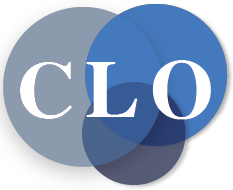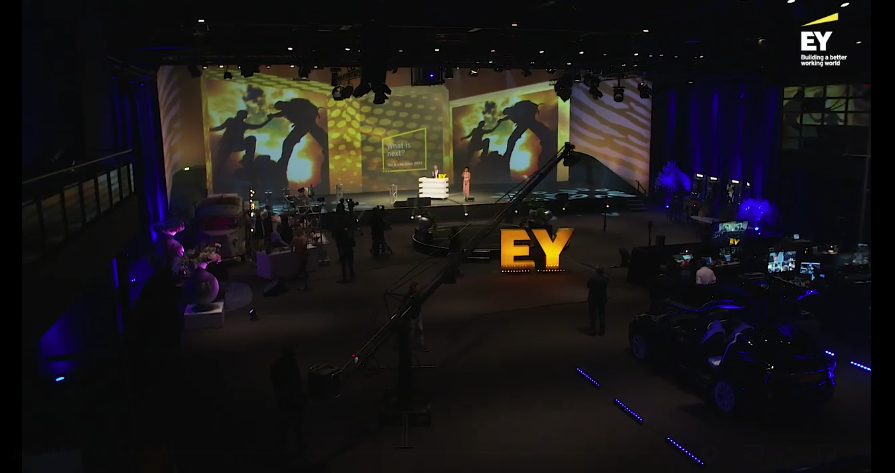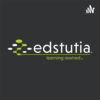Lately, there is so much buzz about using Web 2.0 for learning in the marketplace, you would think that leveraging the latest blogs, wikis and other social networking tools is the only way to incorporate innovation into the employee development mix.
But that’s not all there is. To cite one example, metaphoric learning, which was developed by Duke Corporate Education, is a method that takes participants out of their familiar surroundings and gives them the opportunity to immerse themselves in a new world.
Auditors at a public accountancy become doctors engaged in medical diagnosis, marketers at a software company become political consultants, investment bankers become part of a pit crew changing tires trackside at a NASCAR race and NYPD detectives become curators at a museum.
In all cases, the objective is to take employees on a journey far enough from their current roles so they become engrossed in a new environment, begin to test different behaviors and take risks, and then reflect on how these new experiences tie back to their goals on the job.
For instance, Lehman Brothers has used metaphoric learning to develop company executives, a group of roughly 3,000 composed of vice presidents, senior vice presidents and managing directors. Lisa Vertucci, global head of talent development at Lehman Brothers, said this approach is designed to instill self-awareness of their career goals, increase their emotional and social intelligence with their clients and teams and better understand the key industry trends impacting their respective businesses.
Lehman Brothers executives are able to participate in such experiences as:
• Learning how to fence while being coached by a sports psychologist.
• Engaging in an improvisational role-play with a professional actor.
• Going on medical rounds with a doctor.
• Changing tires at trackside as a member of a pit crew.
To date, about 600 Lehman Brothers executives have grown through the program. As Vertucci said, “Metaphorical learning provides us with the ‘stretch’ learning experiences that really engage our senior executives while meeting concrete business goals of building leadership breadth and increasing employee retention.”
While these experiences sound like once-in-a-lifetime opportunities, their real value is that they were designed to meet clearly defined business goals such as increasing retention rates among executives (retention rates among VPs went up from 3 percent to 14 percent over two years) and increasing their social network at the company.
On the latter point, Lehman Brothers has been working with Dr. Robert Cross at the University of Virginia to correlate the depth and number of individuals’ social networks with promotion rates. For example, several vice presidents at Lehman Brothers with the largest internal social networks were identified for promotion at a faster rate than those with smaller social networks. While this intuitively makes sense, Lehman Brothers was able to create the hard metrics and then build development programs geared to enhancing social networks.
You may be asking: “What does all this innovation cost?” The answer: It averages between $5,000 and $10,000 per professional employee, a range that is consistent with learning and development costs for senior executives at professional service firms.
And investment bankers aren’t the only ones experiencing metaphorical learning. This approach also is being used by the New York Police Department (NYPD). Recently, the NYPD partnered with the Frick museum in New York City to improve the observation skills among recently promoted police officers.
The connection between art appreciation and police work isn’t as strange as it sounds. Solving crimes and being alert on the streets of Manhattan requires careful attention to both detail and the bigger picture in order to find the connections and patterns between seemingly unconnected clues. The metaphorical learning experiences for NYPD officers involved having the police officers “play of role of curator” by viewing various pieces of art and then describing the who, what, where, when, how and why behind the paintings by artists such as El Greco, Turner, Rembrandt and Hogarth. How does this apply to a crime scene? By widening the skills a police officer brings to bear on solving a crime.
Innovations in learning design are just beginning to come to the forefront. I will be detailing these in future columns.















